Visit or Call Our Sleep Guide Texas Showrooms
Our Texas Showrooms Are Here To Help With All Your Favorite Online Brands! And We Offer Exclusive Coupons To Save More!
Learn MorePlease note, we are proudly supported by our readers. The product links are referral based and if you purchase an item we make a small commission. For more information please see our disclosure page.
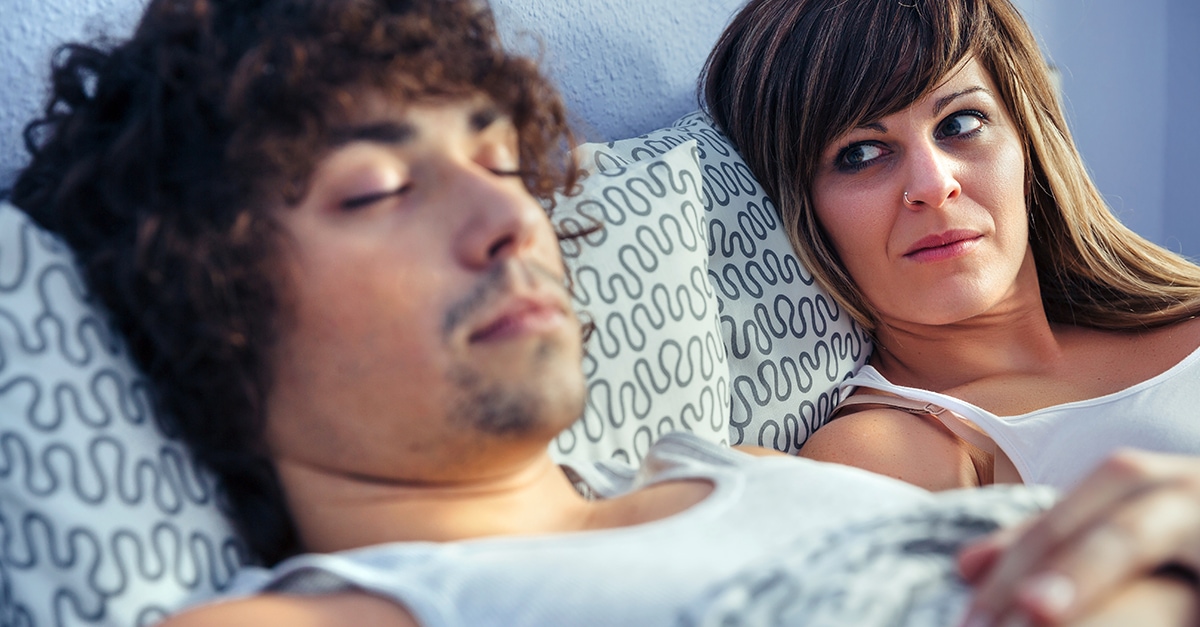
“Parasomnia” is the umbrella term for a wide range of sleep disorders, including sleepwalking, sleep talking and sleep laughing, Sleeping Beauty Syndrome, hypnic jerks and many others. Some may have identifiable medical causes, but most are not easily assigned to a specific source. Some people rarely experience them, others have them frequently, but almost everyone does have them occasionally.
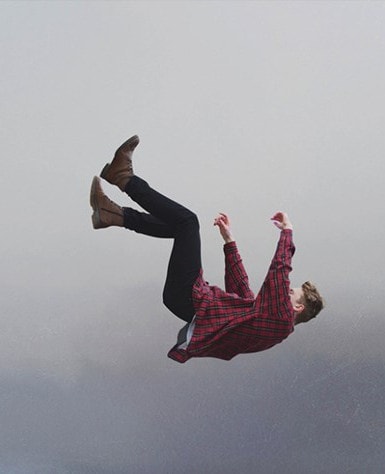
Thus creating the feeling of reaching for a support – a wall for instance – and finding it missing. Interestingly, there is no agreement on which comes first – the muscle movement, or the falling sensation. It is possible that the falling sensation is a super-quick mental response created after the muscle movement. My personal favorite theory is the speculation by a researcher at the University of Colorado.
“hypnic jerks may be an archaic reflex to the brain’s misinterpretation of muscle relaxation. With the onset of sleep as a signal that a sleeping primate is falling out of a tree.”
I can picture it now. My early ancestor dozing off on a branch, and a hungry saber tooth waiting patiently at the bottom of the tree. I guess that if he fell, I might not be here either. Whatever the cause might be, the position of the American Academy of Sleep Medicine is that most hypnic jerks are random and harmless. So just let yourself go back to sleep. There’s no tiger down there.
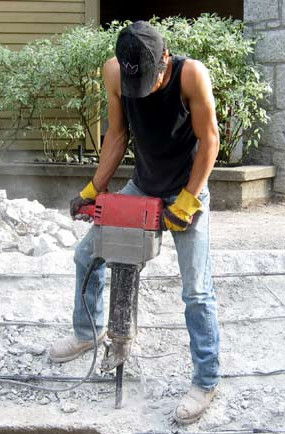
From my own experience I can certainly say it does indeed feel like something explodes. Either inside my head or somewhere very close by. Not painful, just startling. Some of us also experience a visual flash. The noise is imaginary, but it is convincing, and it fools me every time.
The only way I know it is not real is that it never awakens anyone else, the street outside is not filled with fire trucks, and there are no TV crews interviewing blanket-draped survivors. The cause of EHS is uncertain. The source may be the temporal lobe, or possibly the inner ear. In either case, EHS is considered harmless, and consequently not currently of high interest to medical researchers. We’re not likely to see a fundraising March for Exploding Head Syndrome any time soon. The current medical treatment is to tell the patient not to worry about it.
This one can be seriously frightening to the sleeper. Dr. Michael Breus, founder of The Sleep Doctor, gives us the following description of sleep paralysis: “Most patients say the same thing to describe sleep paralysis: that it feels like you woke up dead. You know that your mind is awake and your body is not — so you’re trapped, essentially.”
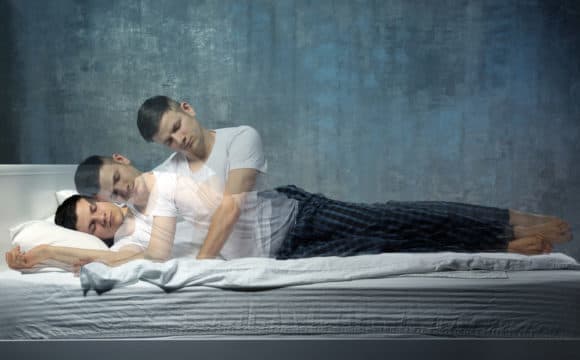
Treatment. As with many other parasomnias, there is no standard medical treatment for sleep paralysis. It may be possible to train yourself to recognize it as it happens, which can slightly reduce the trauma. But you cannot stop it just by an effort of will. It usually lasts only 15 seconds or so, though it seems much longer to the person experiencing it. The best medical treatment is to offer reassurance.
Night terrors – also called “sleep terrors” – are most common in children. Estimates are that around 40% of them have occasional night terror episodes. Fortunately, only a very much small percentage of adults also experience the problem. A child in a sleep-terror state is difficult enough to control; a grown man in the same condition can be a real danger to himself and to those around him.
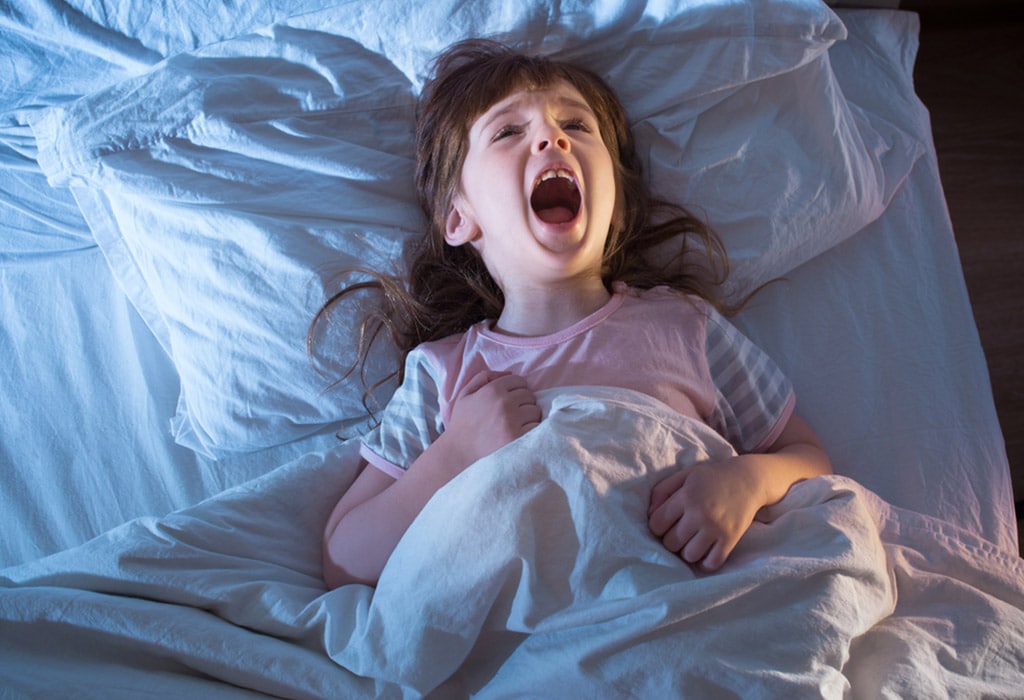
If a child is a regular sufferer of night terror, a doctor might recommend tracking the time the terrors occur (usually within the first couple of hours of sleep), and suggest parents pre-emptively awaken the child for a few minutes around the time of episodes. Anti-anxiety drugs can also be effective, but most parents are, understandably, reluctant to take such a step. Most choose to wait for their child to “age out” of the problem.

So, what is KLS? “KLS can be diagnosed when there is confusion, apathy, or derealization in addition to frequent bouts of extreme tiredness and prolonged sleep. The earliest it can be diagnosed is the second episode, and this is not common.”
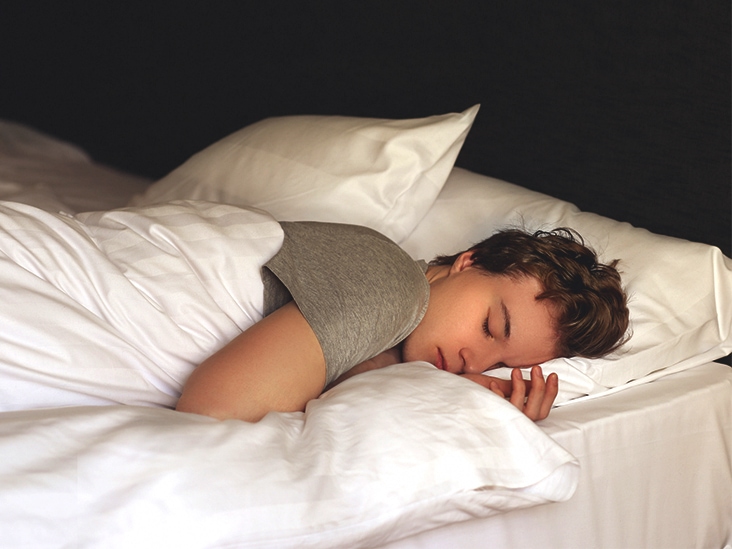
Fortunately, the prognosis for KLS sufferers is very good. No hospitalization is required, and almost all cases resolve by age 30, with no permanent consequences. Not exactly a problem for a National Emergency Declaration, but Uncle CT thought it would be useful information next time you’re trying to impress a date.
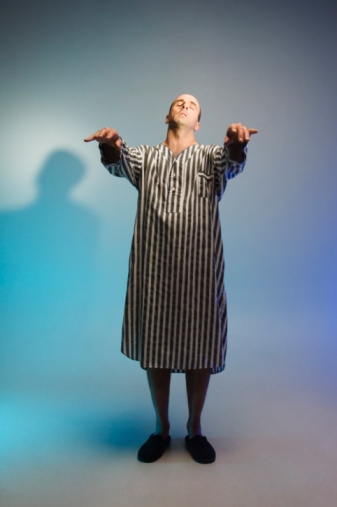
So how are we able to do those complex activities in deep sleep? Scientific study of sleepwalking state began in the early 19th Century. Unfortunately, it was a scientific study without much data – no one could measure what was taking place in the brain. Most early investigators concluded that sleepwalking was the result of dreaming, though we now know that is not usually the case.
With the invention of the electro-encephalograph, in 1924, science finally had a window into brain activity. Sleep was discovered to take place in stages. Roughly divided into REM sleep and non-REM sleep. REM (Rapid Eye Motion) sleep is our dreaming state. It is in non-REM deep sleep that most sleepwalking occurs, but some brain functions rise to levels usually associated with consciousness.
To understand the concept, think about driving to work on a route you’ve driven hundreds of times. You may make the entire trip while thinking about things that have nothing to do with the act of driving. Yet you safely arrive at your destination, basically unaware of the drive. A similar process may be involved in sleepwalking, sleep talking, sleep cooking, and sleep sex. All of them are activities for which you have well-established neural paths that can be activated. Even if other areas of your brain are not in consciousness modes.
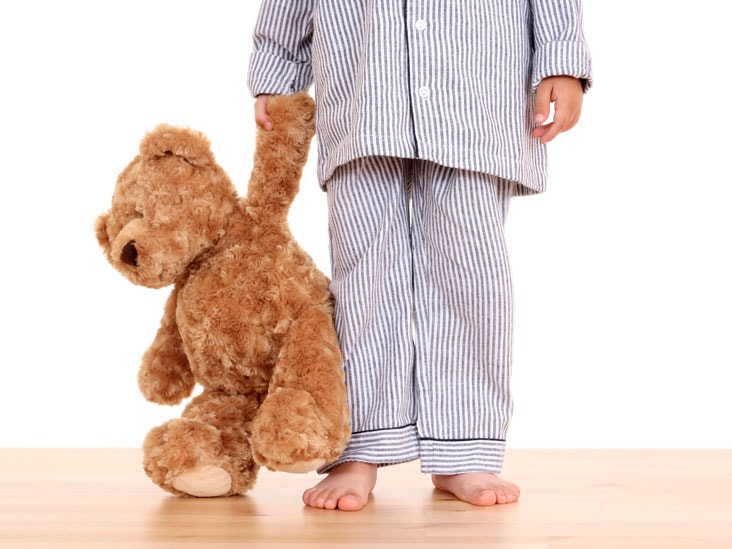
If you live with a frequent, sleepwalker, try to keep sharp objects out of the area. And make sure the pathways they use when conscious are free of obstacles. Also, do let the sleepwalker know about episode – they will likely have no memory of it in the morning. Finally, don’t panic – most sleepwalking is not a cause for major concern.
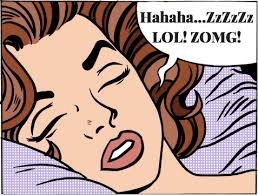
In psychiatry, sleep laughing was mentioned in 1916, in a letter sent to Freud by one of his colleagues, Sandor Ferenci. But in the century since, the subject has attracted very little serious attention. Probably because it is not usually diagnosed as a serious medical problem. Laughing in sleep is largely considered benign.
Like sleep talking, sleep laughing may wake up your partner. Their first reaction is likely to be irritation at being awakened. Their next might be wondering what the hell is that funny at 2am. But you might or might not be able to tell them. And even if you remember an associated dream situation your bed-partner could still be puzzled.
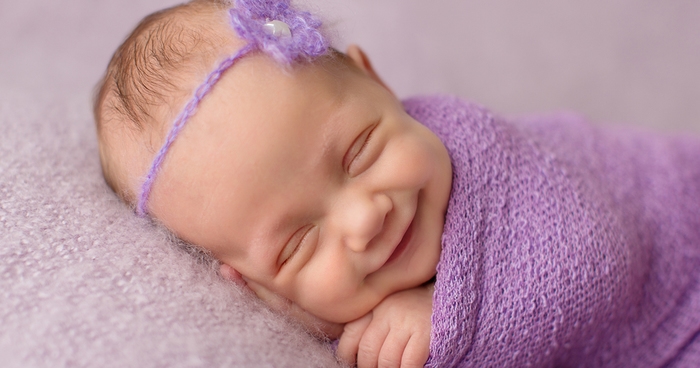
That’s the position of psychologist David Foulkes, an expert on pediatric dreaming. He says a baby’s ability to experience the conscious world does not imply they can turn that experience into dreams: “If an organism gives evidence that it can perceive a reality, then we are prone to imagine that it can dream one as well,” Foulkes wrote in his book, Children’s Dreaming and the Development of Consciousness.” But he thinks that intuitive position is wrong, and that we don’t dream at all in our first years.
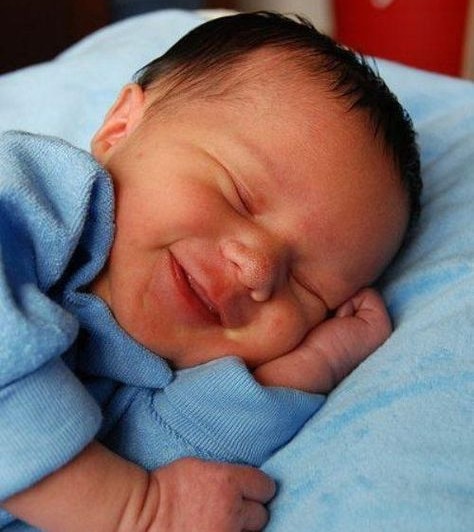
Smiles and laughter are bonding interactions for mother and child, so it is in baby’s interest to do both, even in sleep. If you don’t feel joy when you watch a baby sleep-smile, you probably have inch long incisors, and you can’t see your reflection in a mirror. And watching a baby sleep-laugh is even more endearing – at least a 12 on a 10 point scale.
Though most parasomnia’s aren’t dangerous, they may give you the feeling of uneasiness at your most vulnerable state. The study of these sleep related episodes is still thin on exact research. More or less not giving an exact reasoning or cause. But a look into how amazing the brain is, even in a state of rest. Whether you personally experience one of these unusual sleep habits, or have been in the presence of someone who does, you can probably relate.
So next time your spouse rolls over and starts talking at 3AM, your toddler is walking the halls like a zombie or you think your head is exploding, just remember you’re okay. It is just a parasomnia that hopefully is only a short phase.
Uncle CT
Our Texas Showrooms Are Here To Help With All Your Favorite Online Brands! And We Offer Exclusive Coupons To Save More!
Learn More